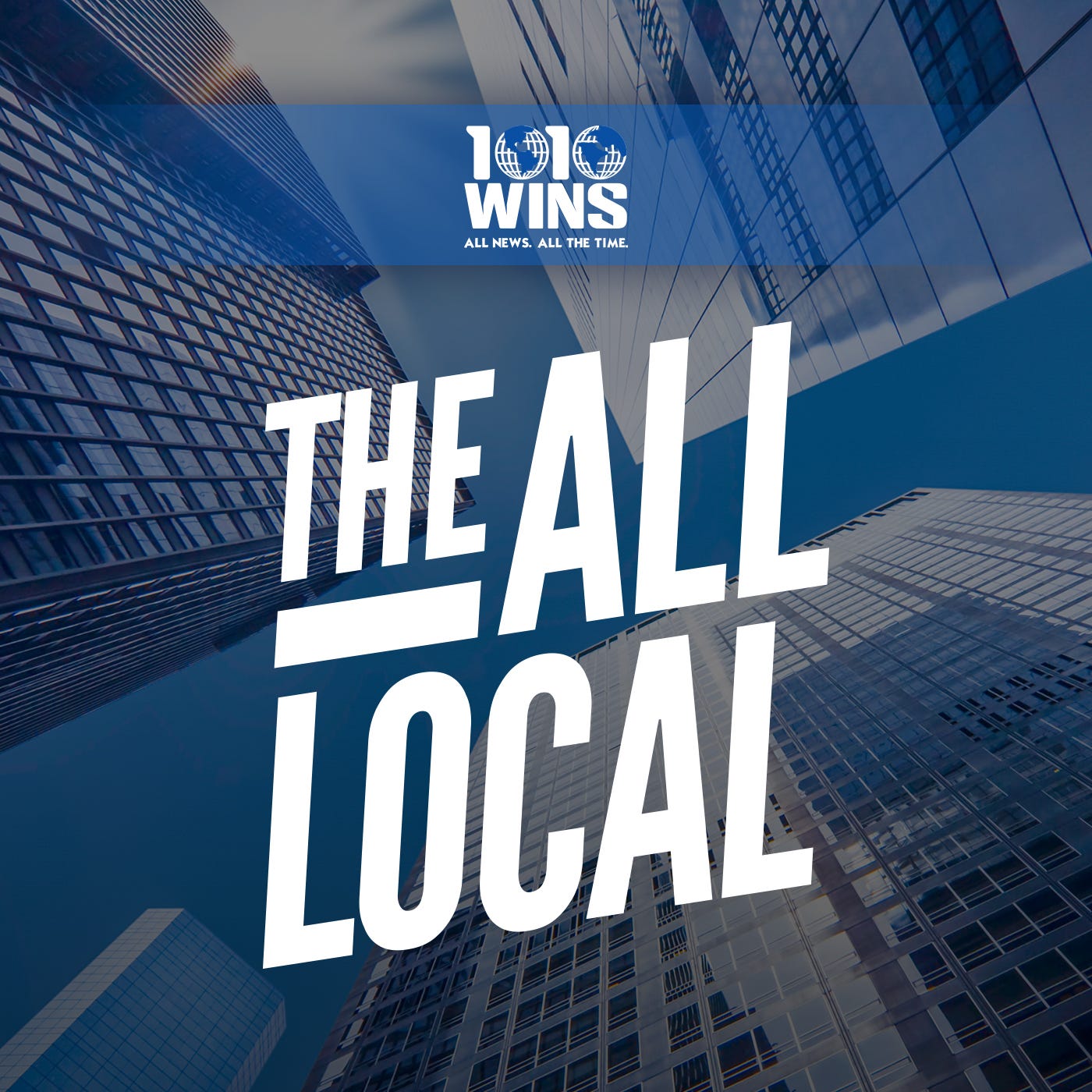
Well, at least Santa’s sleigh might move a little faster.
Despite recent low jobless claims and higher wages in the United States -- not to mention predictions of a robust “comeback” holiday shopping season -- a new study says Americans will be buying fewer gifts this holiday season.

According to consulting firm Deloitte, this holiday, 11.5% of people plan to sit out the season by not spending anything on presents, gift cards, or other items for entertaining. That’s a record for as long as they've been keeping track of such spending.
Deloitte polled 4,315 consumers about their holiday shopping plans between September 7 and September 14.
CNBC noted that another recent Deloitte survey found that, of the 70% of people who had already kicked off their holiday shopping by late October, 54% said they were spotting higher prices compared with last year. And about one-third of consumers said they increased their holiday budgets from what they'd previously planned. In that study, Deloitte polled 1,200 consumers from October 21 to October 25.
It is true that wealthier households will be spending more this season, and a dig into the numbers exposes a wealth gap that has only accelerated during the COVID-19 pandemic and will be especially evident over the holiday season.
Deloitte found that high-income households will spend five times that of lower-income households this holiday season. Households bringing in more than $100,000 a year will spend $2,624 apiece this holiday, up 15% from 2020; while lower-income groups -- less than $50,000 per year -- plan to spend $536 per household, a 22% decline from last year’s levels.
“This tale of two holidays is a pretty good reflection of the tale of two pandemics, right?,” said Stephen Rogers, executive director of Deloitte’s consumer industry division. “What starts off as a health crisis turns into a financial crisis if you’re in the lower-income [bracket].”
Overall, predictions for holiday sales are rosy, with the National Retail Federation, the industry’s biggest trade group, calling for historic gains of 8.5% to 10.5% from year-ago levels. But the growth is largely being driven by that wealthy fraction of consumers.
“Those of us who have investments in 401ks did quite well,” said Rogers. “You can see from 2019 to 2021, the lower income group is spending almost half of what they used to spend. And the higher income group is almost double what they used to spend two years ago.”
But for lower income brackets, the negative sides of the economy are more affecting.
Inflation has hit its highest levels since the early 1990s, and that shows up in everyday items like groceries and gas. Hence, according to the University of Michigan Consumer Sentiment Index, consumer confidence hit a 10-year low in November.
Add in stimulus payments drying up and rent moratoriums being lifted, and economic anxieties are rising among the working-to-lower class.
Compounding the seemingly contradictory economic numbers, there’s been a record number of people leaving the workforce this year, spurred on by a desire for higher wages and more time with family, experienced during the COVID shutdowns.
But of course for some Americans, COVID has meant a lost job, a lengthy furlough, or added health risks as they worked on the frontlines. For many Americans in white collar jobs, it simply meant a change of venue from the company office to the home office.
Those workers who were able to retain some version of their job at home were able to accrue savings from canceled vacations, summer camps, etc., as the value of the stocks in their retirement accounts grew.
“We all experienced the pandemic, but some experiences were very different for different parts of our society — especially our workforce,” said Karthik Easwar, an associate professor at Georgetown University’s McDonough School of Business who specializes in consumer psychology. “We are seeing the effects of that, still.”
This means many retailers will cater to those with extra income, and increase their prices, which could mask the overall drop in spending.
Note high-end retailer, Neiman Marcus. Lana Todorovich, president and chief merchandising officer there, said they have noticed their customers are getting a head start on shopping.
“We are seeing a lot of activity that is earlier and more robust than in previous years,” said Todorovich, “which really speaks to their anticipation and excitement. We are also selling an extraordinary amount of gowns, dresses, and our tuxedo sales are extremely high.”
Conversely, discount retailers like Walmart are trying to keep their prices low, aware of their market’s situation. Even Dollar Tree is bumping its price floor to $1.25, in an attempt to offset the pressure it faces from increased freight costs -- the ongoing supply chain problems being another impediment in the economy.
“It’s just going to be tough on a fair number of folks,” said Rod Sides, vice chairman of Deloitte’s retail distribution practice. “When gas prices, food prices, and those kinds of normal things continue to rise at the pace that we’re seeing, there’s this uncertainty that says, ‘I probably don’t need to splurge on that particular item, because now I have to cover my rent, and maybe I didn’t before.’”
″‘Should I go to the store or should I order online? Should I go to the big holiday party, or should I not?’ ... That is going to weigh a lot on how consumers act this year because we’re all struggling with that balance,” Sides said.
LISTEN on the Audacy App
Sign up and follow Audacy
Facebook | Twitter | Instagram

